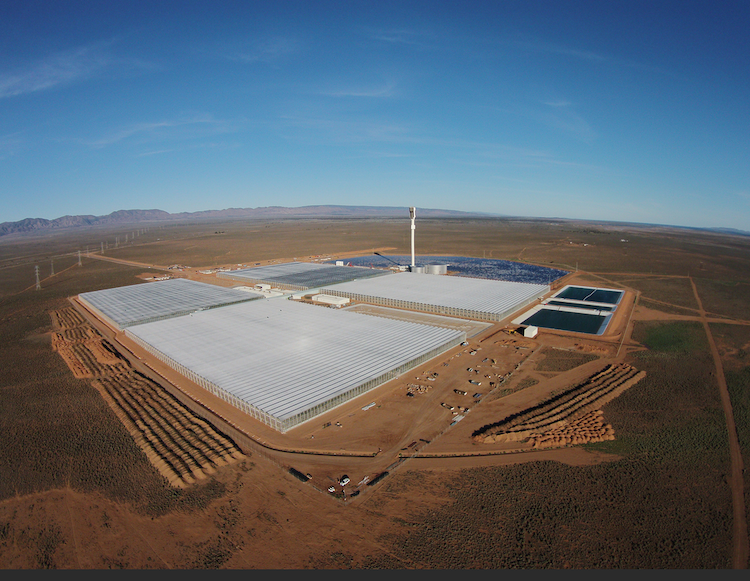
Source: PV Magazine
The Australian Solar Thermal Energy Association (AUSTELA) has outlined changes that will be critical to attract long-duration dispatchable capacity into the National Electricity Market, in its response to a consultation on the Implementation Design Paper for the Capacity Investment Scheme (CIS).
Dr Keith Lovegrove, Director of AUSTELA, said, “concentrating Solar Thermal Power (CSP) systems are ideal at meeting all these criteria, incorporating long-duration energy storage (typically around 15 hours) as a matter of course. They also collect solar energy using low-cost mirror fields creating additional renewable generation, rather than simply storing electricity already generated. Additionally, through their steam turbine driven synchronous generators, they contribute all the system benefits that a dispatchable generator with inertia brings in the same way the gas turbines have done traditionally.”
A recent study commissioned by the Australian Solar Thermal Research Institute (ASTRI) and completed by Fichtner Engineering and ITP Thermal show this combined generation and storage capacity can offer the lowest LCOE for long duration dispatchability.
The Australian Solar Thermal Energy Association (AUSTELA) welcomed aspects of the Paper, including the merit criteria of ‘system reliability’, ‘delivery of renewable energy’ and ‘additional benefits’.
To realise these benefits and attract CSP into the NEM, AUSTELA made the following recommendations in its submission:
As they stand, the two different CISA contract types ‘Generation’ and ‘Clean Dispatchable’ do not appear to adequately recognise the full benefits of technologies like CSP, which offers generation and dispatchable capacity in one system, as well as inherent system strength benefits.
The paper is unclear as to whether a CSP project would be considered under the Generation or Clean Dispatchable category. This appears to indicate that the team have not yet considered it explicitly as a key technology option.
While the paper acknowledges hybrid projects, it states that they will bid into ‘Generation’ contracts. It is not clear that CSP fits the current definition of hybrid projects. Section 4.6 implies that energy from waste and biomass projects would be considered as ‘Clean Dispatchable’. CSP is not mentioned but shares similar characteristics to those technologies.
As such, the current contracts risk missing out on the benefits and low-cost electricity offered by CSP, which are ideally suited to meet the merit criteria outlined on page 28.
We therefore propose addressing this problem by creating a new Hybrid CISA that recognises a single system can be both generator and dispatchable capacity. Such a hybrid CISA could follow from allowing such a project to simultaneously bid into Generation and Clean Dispatchable tenders with one response.
The paper does not yet define how different durations will be valued or rated according to their usefulness i.e. would a project with eight hours dispatchable capacity be twice as valuable as a project with four hours? AUSTELA is keen to input into the rating mechanism as it is developed and we believe a clear, transparent and consistent mechanism will be critical to attract investment and strong responses to tenders.
With the above in place, the CIS should ensure that tenders are structured to ensure that a significant share of contracts are awarded for dispatchable capacity with eight-plus hours of storage as soon as possible. While system needs in the short-term can be met by short-duration battery storage, the strongest and most cost-effective electricity system will have a mix of technologies with different capabilities, and it is important we see investment in long-duration dispatchable capacity sooner rather than later so that supply chains can be developed efficiently.
Lovegrove said, “the CIS has the potential to drive a new era of investment into renewable energy. There is a clear desire for long duration dispatchable capacity – but without refinements to the currently proposed structure, we risk missing out on the technologies that can meet this need.”